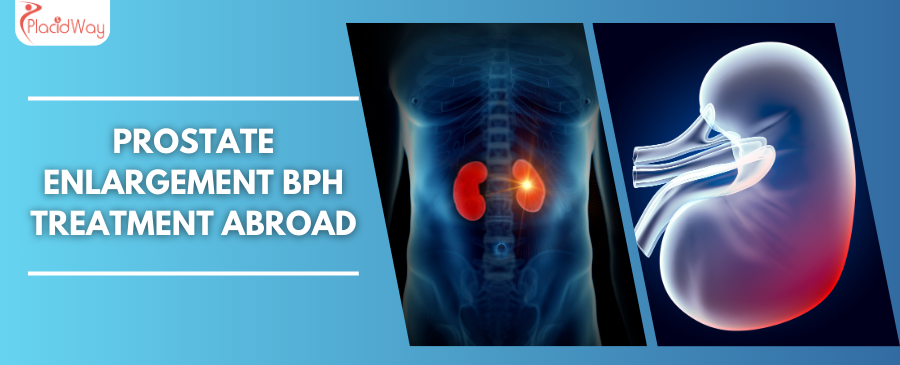
Table of Content
Benign Prostatic Hyperplasia (BPH) is a condition characterized by the non-cancerous enlargement of the prostate gland. This enlargement can compress the urethra, leading to urinary symptoms such as frequent urination, urgency, weak stream, and incomplete bladder emptying. BPH is common in men over 50 and can significantly impact quality of life. Seeking BPH treatment abroad allows patients to access specialized care, advanced techniques, and reduced costs in top medical destinations.
| Treatment | Description |
|---|---|
| Medication Therapy | Alpha blockers and 5-alpha reductase inhibitors reduce symptoms by relaxing prostate muscles or shrinking the prostate. |
| Transurethral Resection of the Prostate (TURP) | A surgical procedure that removes excess prostate tissue to relieve pressure on the urethra. |
| Laser Therapy (GreenLight or HoLEP) | Uses laser energy to vaporize or remove prostate tissue, providing symptom relief with minimal downtime. |
| UroLift System | A minimally invasive procedure that lifts and holds the enlarged prostate tissue out of the way without cutting. |
Click here to explore BPH treatment options available abroad.
The procedure for treating BPH varies based on the chosen treatment method:
| Country | Average Cost (USD) |
|---|---|
| Mexico | $4,000 - $8,000 |
| Turkey | $5,000 - $9,000 |
| Thailand | $4,500 - $8,500 |
| Colombia | $3,500 - $7,500 |
| India | $3,000 - $6,000 |
| Austria | $6,000 - $10,000 |
| USA | $8,000 - $12,000 |
| UK | $7,000 - $11,000 |
Find Prices for BPH Treatment Near You
Costs vary widely by country and procedure type, typically ranging from $3,000 to $12,000. Many patients explore international options to receive affordable, high-quality treatment for BPH.
Recovery time varies by procedure. Most minimally invasive treatments allow patients to resume normal activities within a few days, with full recovery in a few weeks.
Most BPH treatments are performed under anesthesia, so discomfort is minimal. Some soreness or mild discomfort may occur post-treatment but usually resolves quickly.
UroLift is a minimally invasive procedure that lifts the enlarged prostate tissue, reducing urinary symptoms without removing tissue or requiring incisions.
While BPH treatments are effective in providing symptom relief, the condition can recur over time, especially with age. Regular follow-up with a urologist can help manage long-term outcomes.
Interested in BPH treatment abroad? PlacidWay connects you with top international clinics and urologists specializing in BPH management, offering advanced and affordable treatment options. Book your consultation today to explore how you can find relief and improve your quality of life!
Urology Abroad | Best Urology Center